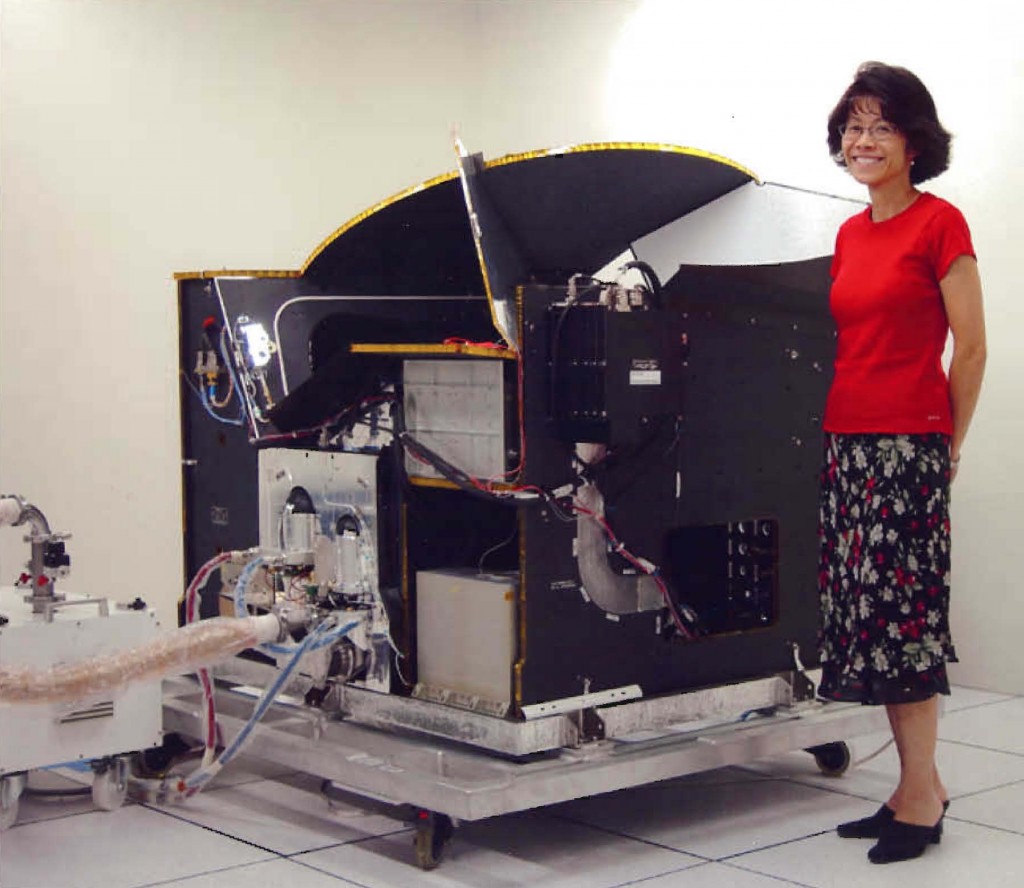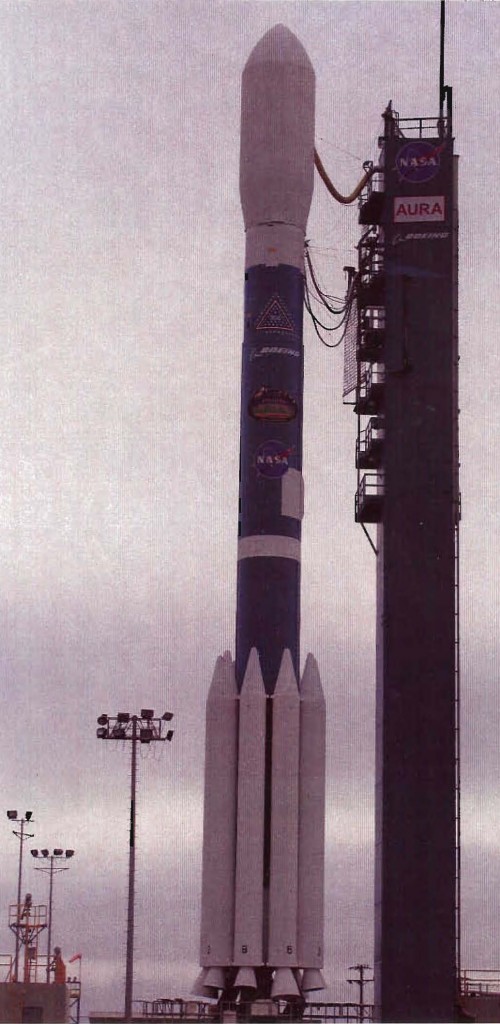This week’s post is from Lesley Smith, an Associate Scientist from the Atmospheric Chemistry Division at the National Center for Atmospheric Research (NCAR), as well as a GLOBE International Scientist Network (GISN) member. Lesley has spent many years studying the earth and space, from quarks and dark matter to clouds and global warming.
The National Aeronautics and Space Administration, NASA, is famous for studying stars and planets and galaxies in outer space. But did you know it also has excellent programs that study planet Earth? The GLOBE Program is one of these programs. And over the past few years, I have been lucky enough to be a part of The Earth Observing System. More specifically, I work on an experiment called HIRDLS, which stands for High Resolution Dynamics Limb Sounder. HIRDLS was designed to measure the temperature and aerosols in Earth’s atmosphere.
HIRDLS is based on the idea of limb sounding, where you look horizontally through the limb of the atmosphere and take measurements. When Earth is viewed from the side it looks like a flat circle and the atmosphere looks like a thin halo around it. It is the edge of Earth’s atmosphere that is known as the limb.

This is a panoramic view of Earth’s atmospheric limb photographed by an Expedition 30 crew member aboard the International Space Station. Photo courtesy of NASA.
HIRDLS was launched on the Aura satellite on July 15, 2004. Unfortunately, during the launch, we believe something went wrong. It appeared that some of the insulating material inside the satellite fell on top of the HIRDLS instrument, which blocked it. When the HIRDLS team started to receive data, we found that about 70% of HIRDLS was blocked. This was not a good development. But, never fear, the HIRDLS scientists persevered! How? We figured out what the systematic error was.
Usually, the word “error” is associated with negative connotations. Most people think an error is a mistake. But to scientists, “error” is a tool we can use to characterize data. The goal is for the truth to be contained within the experimental uncertainty. There are two general types of error that make up experimental uncertainty: random error and systematic error. A random error has no pattern and can be attributed to chance. A systematic error is a persistent error that often has a pattern and is not due to chance. The insulation covering our machine caused a systematic error. If we could understand and describe it, we could account for it and we could correct for it. Thus, over the course of many months, we studied how the HIRDLS data differed from what we expected and eventually, we figured out what this systematic error was. To get the good data, we subtracted off the systematic error from what we were receiving from the satellite. With these adjustments, HIRDLS is able to provide important support toward reaching the goals of the Aura mission: monitoring the complex interactions that affect the globe.
Suggested activity: Have you ever seen a random error in one of your research projects? What about a systematic error? Let us know how you could design an experiment to study these types of errors by leaving a comment, sending us an email at science@globe.gov or telling us about it on our Facebook page.



Please, can you confirm the HIRDLS chopper shutdown on March 17, 2008 and has not produced science since?
Hi Menage,
Excellent question! The second bad thing to happen to the HIRDLS experiment was on March 17, 2008 at 10:51 GMT a piece of the apparatus, the chopper, shut down. What this means is we stopped producing new data as of that date.
However, the HIRDLS team has been working hard since then (and before) to deal with the effects of the insulating material and subtracting it from the data. This has allowed us to keep releasing data even after March 2008.
Recently, we released a bunch of new data including new chemical species such as water. If you’re interested in the data, you can find it here:
HIRDLS DATA PRODUCTS from the GES DISC
As for science, we are only now gearing up and getting a chance to write scientific papers using the HIRDLS data.
Thanks for the question!
-Lesley L. Smith, Ph.D.
Thanks for the answer Lesley, i have the same question about HIRDLS. This experiment data helps to know more about distributions of temperature and several trace species in the stratosphere and upper troposphere